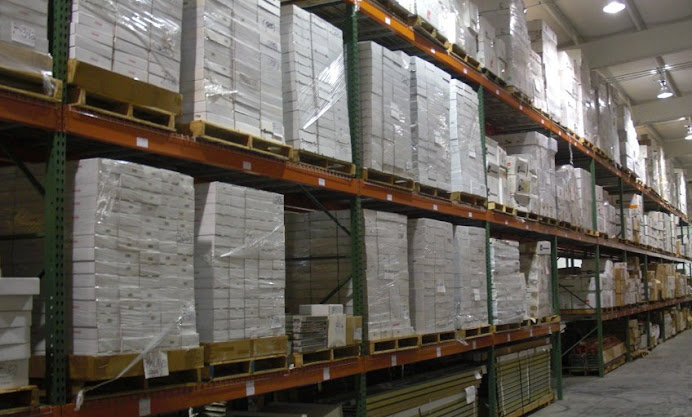I recently came across this article on http://www.andovercg.com/ and thought I would share it with you.
The relaxed attitude by China towards intellectual-property rights and often state-sanctioned piracy and counterfeiting facilities has become increasingly worrisome. The inability to discern between authentic and counterfeit products is a narrowing margin at best. Sophisticated counterfeit products have placed a real threat on the economy, specifically for secondary market electronic equipment dealers.
A perfect example is counterfeit Cisco equipment, collectively referred to in the industry as "Chisco" (counterfeit Cisco equipment originating in China). These high-tech and high-priced networking appliances are being counterfeited through Chinese channels at an alarming rate.
According to a white paper by AGMA and consulting company KPMG, counterfeit products account for nearly 10% of the overall IT products market. That's $100 billion in fake memory sticks, drives, monitors, networking gear and other IT products floating around. "The vast majority is still being purchased from gray market, uncertified resellers that unload their goods on eBay at extremely low prices," said Scott Augenbaum, supervisory special agent for the FBI Cybercrime Fraud unit in Washington, D.C.
Network managers have grown aware of the "Chisco" problem and have grown fearful of acquiring counterfeit network hardware. Their company's networks cannot afford to fail on account of a faulty switch or router. Worse, their jobs could be compromised as a result of a poor purchasing decision.
Here are several visual tips on how to spot fake Cisco products: 
Let's face it, some of us with budgetary constraints count on the secondary market to purchase our network hardware. With switches and routers costing upwards of $30,000 and often significantly more, we have no choice but to source through legit pre-owned product channels. Buying secondary network hardware is not a risky endeavor for the educated buyer.
Purchase your Cisco from TelExpress, Inc. They know what they are doing.




